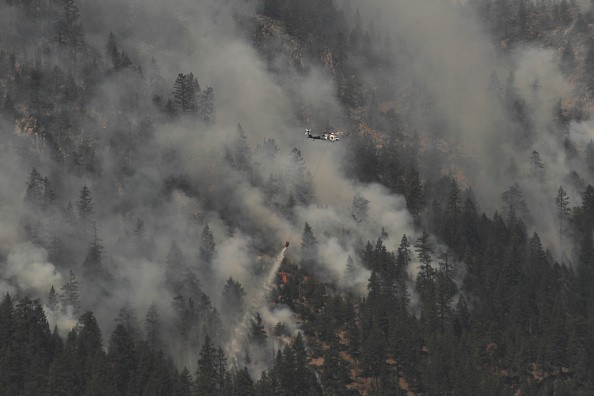Tree groups' ranges are moving as climatic conditions change. This process is being accelerated by wildfire, which lowers competition from established species, raising issues about managing land in a period of evolving ecosystems.

Tree Ranges

In forests across the western United States, trees are on the move. The ranges of tree species are moving as climate conditions change, particularly toward cooler or wetter locations. According to a recent Stanford study, wildfire is hastening this process by eliminating competition from established species. The study, which was published in Nature Communications on Nov. 15, raises concerns about how to manage land in an era of shifting ecosystems, a critical issue as President Biden prepares to sign an infrastructure bill into law that includes more than $5 billion for forest restoration and wildfire risk reduction.
Avery Hill, a doctoral student in biology at Stanford's School of Humanities and Sciences, remarked, "Complex, interconnected factors are defining the future of our woods." "We used a massive quantity of ecological data in the hopes of adding to a growing body of work focused on regulating these ecosystem shifts," says the researcher.
Changing Range
Animal and plant species alter their ranges to suit their development and reproduction better as the environment changes. According to a previous study, plant ranges are changing to higher, cooler elevations at a pace of about five feet each year. According to numerous research, these range adjustments lag behind the rate of climate change, implying that certain species may become trapped in unsuitable environments. The variables that influence plant species' capacity to adapt to climate change are critical for sustaining healthy populations of the major trees in western forests, but they are still mostly unknown.
Hill and study co-author Chris Field, the Perry L. McCarty Director of the Stanford Woods Institute for the environment, looked at how wildfire, a powerful and widespread driver of ecosystem structure and composition in the western United States, affects the phenomenon to understand better the distance, direction, and rate at which tree ranges are shifting.
Moving Towards Cooler Places
The researchers discovered tree species moving their ranges toward cooler, wetter places using data from the US Forest Service collected from over 74,000 plots across nine Western states - a predicted reaction to recent warming and dryness. The pace of these range adjustments was then compared between locations burnt by wildfire and places that were not.
Hill and Field discovered strong evidence that two species, Douglas fir, and canyon live oak, experienced bigger range changes in places that burned than in areas that did not, out of eight that had seedlings growing in conditions considerably different from mature trees of the same species.
Burnt Regions

The researchers speculated that burnt regions with open canopies and charred understory provide less competition from other plant species. However, the study did not explain the mechanism for how wildfire promotes range changes for particular trees.
The findings show that fire speeds up tree migration and that some species may be slowing down others' range changes due to competition. As a result, issues concerning the influence of fire management on trees' ability to adapt to climate change arise, highlighting the need for low-intensity controlled and natural fires.
"This research demonstrates a natural process that can help trees stay healthy even in the face of little climate change," Field added. "It also demonstrates how ecological processes frequently have several levels of regulation, highlighting the importance of precise understanding for efficient management."
Also Read : How Climate Misinformation Through Social Media Worsens the Battle Against Climate Change
For more news update about Environmental Action, don't forget to follow Nature World News!
© 2025 NatureWorldNews.com All rights reserved. Do not reproduce without permission.





